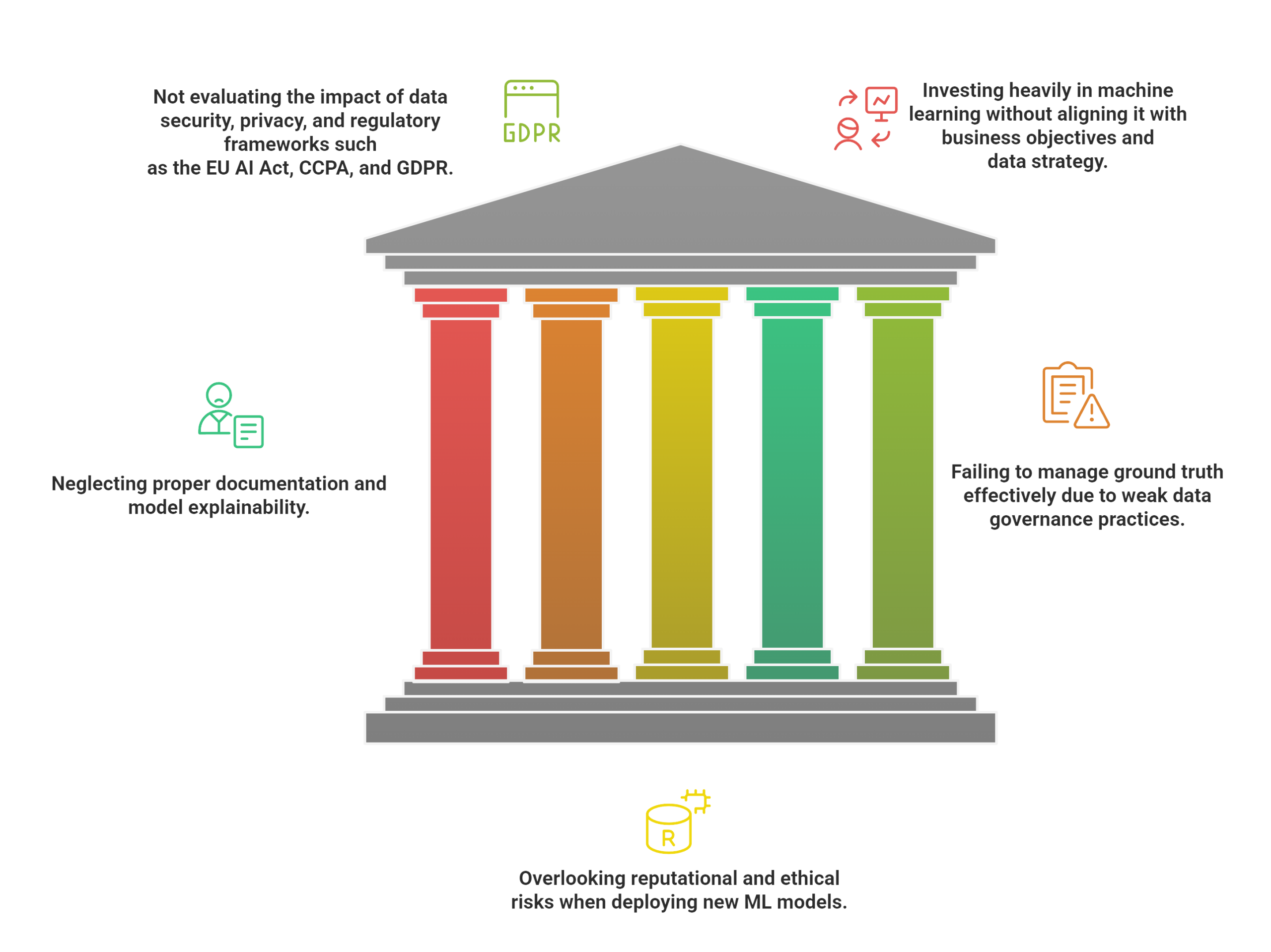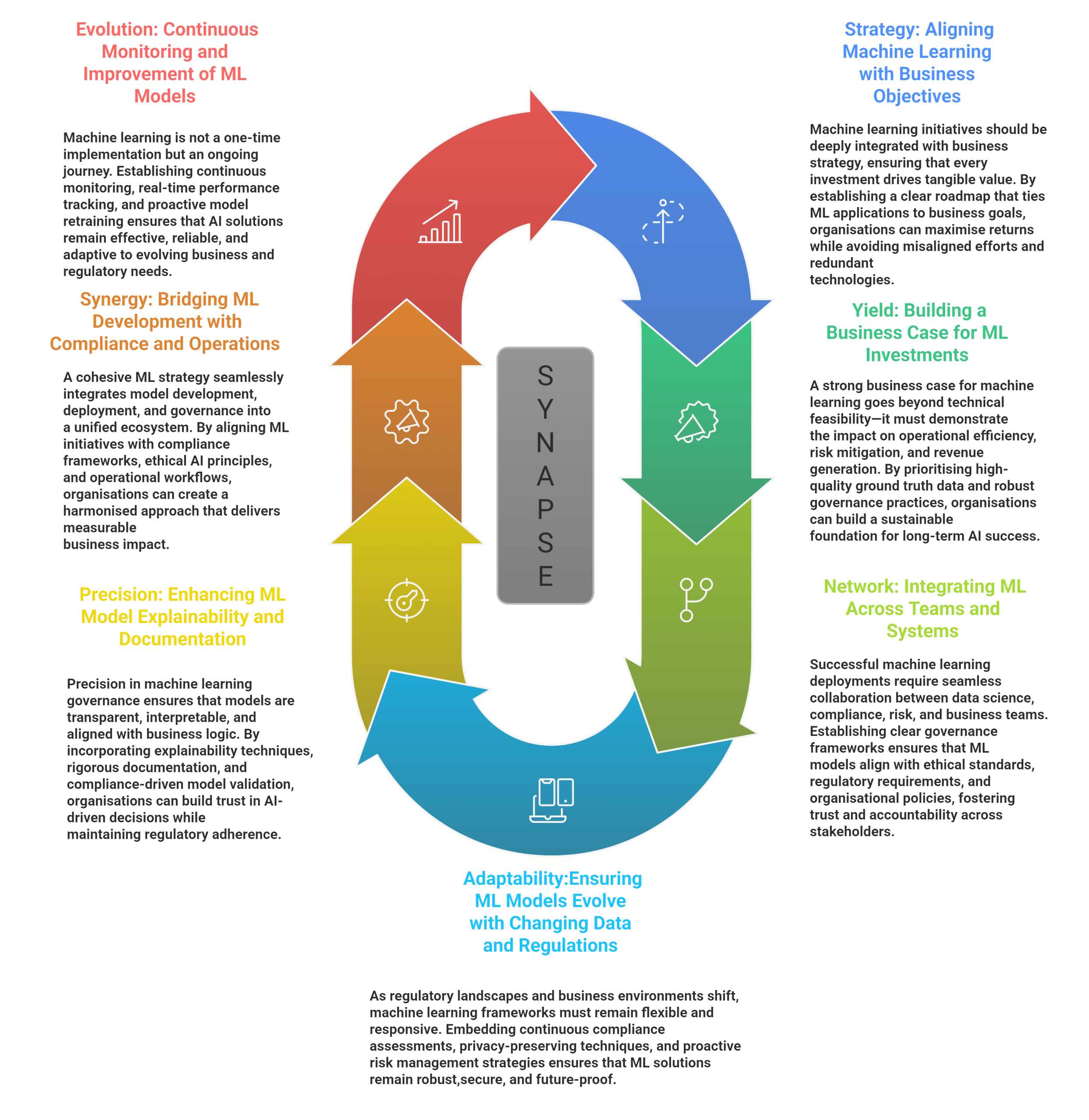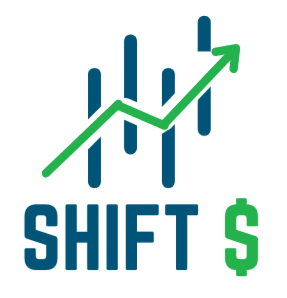- About Us
- Expertise Zone
- Success Stories
- Analytics Solution – Investment Bank
- Customer 360 – Retailer
- Data Lineage – Trading Exchange
- Data Quality – Financial Organization
- Leveraging Financial Information – Generative AI
- Data Privacy Program – Financial Organization
- Digital Transformation – Mobility Support
- Digital Transformation – Healthcare
- Work With Us
- Succeed Together
- 250 Main Street, 2nd Floor, USA
- support@example.com
- About Us
- Expertise Zone
- Success Stories
- Analytics Solution – Investment Bank
- Customer 360 – Retailer
- Data Lineage – Trading Exchange
- Data Quality – Financial Organization
- Leveraging Financial Information – Generative AI
- Data Privacy Program – Financial Organization
- Digital Transformation – Mobility Support
- Digital Transformation – Healthcare
- Work With Us
- Succeed Together
Customer Insights & Segmentation
Customer Behavioral Insights
Customer insights refer to the understanding and interpretation of customer behaviors, preferences, and needs derived from data analysis. These insights help businesses make informed decisions, improve customer experiences, and tailor products or services to meet customer expectations. Benefits include increased customer satisfaction, higher retention rates, and more effective marketing strategies, ultimately driving revenue growth.
Customer Segmentation
Customer segmentation is the process of dividing a customer base into distinct groups based on shared characteristics such as demographics, behavior, or preferences. This allows businesses to target specific groups with personalized marketing campaigns, optimize resource allocation, and enhance customer engagement. Benefits include improved customer loyalty, higher conversion rates, and more efficient use of marketing budgets.
Supervised Learning
Supervised learning is a machine learning technique where models are trained on labeled data to predict outcomes or classify data. It can predict customer habits and patterns by analyzing historical data, such as purchase history or browsing behavior, to identify trends. Additionally, supervised learning can uncover insights like churn likelihood, lifetime value, and product preferences, enabling businesses to make data-driven decisions. By leveraging supervised learning, companies can segment their customer base into meaningful groups based on behaviors, needs, and demographics. This allows for targeted marketing, personalized experiences, and more effective resource allocation.
Some key machine learning techniques used in supervised learning for customer insight and segmentation include:
Regression Models: These help predict continuous variables, such as predicting a customer’s lifetime value or future spending.
Decision Trees and Random Forests: These algorithms classify customers into different segments based on their characteristics, like high-value vs low-value customers.
Support Vector Machines (SVM): Used to create boundaries between different customer groups based on their features, enabling more precise segmentation.
k-Nearest Neighbors (k-NN): This method identifies similar customers by comparing their features, helping businesses understand patterns and preferences in customer behavior.
Naive Bayes Classifier: It helps predict the likelihood of a customer belonging to a particular segment or group based on historical behavior.
With these techniques, businesses can derive deep insights from customer data, optimizing marketing strategies and improving overall customer engagement.
Unsupervised Learning
Unsupervised learning is a machine learning technique where models analyze unlabeled data to identify patterns, structures, or groupings without any predefined outcomes. In customer segmentation and insight, unsupervised learning plays a critical role by discovering hidden patterns in customer behaviors and traits. Unlike supervised learning, which relies on labeled data, unsupervised learning identifies clusters or groups of customers with similar characteristics or preferences based on features like spending habits, demographics, or browsing behavior. This method allows businesses to segment their customer base more dynamically and flexibly.
Key techniques used in unsupervised learning for customer segmentation include:
K-Means Clustering: A popular algorithm that groups customers into clusters based on their similarities, enabling businesses to target specific segments with personalized strategies.
Hierarchical Clustering: This method builds a tree-like structure of customer segments, helping businesses understand the relationships and similarities between groups at various levels.
Principal Component Analysis (PCA): A technique used to reduce the dimensionality of large datasets while preserving key features, making it easier to analyze complex customer data and uncover meaningful insights.
DBSCAN (Density-Based Spatial Clustering of Applications with Noise): An algorithm that helps identify customer segments with varying densities, perfect for discovering non-linear customer patterns and behaviors.
By leveraging unsupervised learning, businesses can uncover unexpected insights, identify emerging trends, and optimize customer engagement without the need for labeled data. This approach enhances decision-making by providing a more nuanced understanding of the customer base.
Self-supervised Learning
Self-Supervised Learning is a type of machine learning where the model learns from the data itself without the need for explicit labels or supervision. In this approach, the algorithm generates its own labels by creating tasks from the input data. Essentially, it uses the structure or inherent properties within the data to predict parts of the data from other parts. For example, in natural language processing (NLP), a model might be trained to predict missing words in a sentence based on the surrounding context. This allows the model to leverage vast amounts of unlabeled data and learn useful representations without the need for manual annotation. Self-supervised learning bridges the gap between supervised and unsupervised learning, enabling more scalable and efficient training of models, especially in domains where labelled data is scarce. It has shown great potential in various fields, including image recognition, NLP, and even robotics.
Discover Additional High-Impact Business Insights
Supervised Learning: Data-Driven Competitive Advantage
Supervised learning offers a structured approach to predicting customer behavior and market trends based on labeled historical data. This powerful tool delivers several key benefits for businesses:
Accurate Customer Insights: By analyzing labeled data, businesses can segment customers based on purchase history, demographics, or behaviors, enabling highly targeted marketing campaigns. Understanding customer preferences helps brands tailor products, messaging, and offers that resonate with their audience, improving customer satisfaction and loyalty.
Optimized Product Recommendations: Supervised learning models, such as collaborative filtering, can predict what products customers are most likely to buy, driving personalized recommendations that boost sales and customer retention.
Churn Prediction & Retention: Supervised learning helps identify customers who are at risk of leaving, allowing businesses to take proactive measures to retain them—whether through special offers, loyalty programs, or personalized outreach. This helps reduce churn and improves long-term customer value.
Sales Forecasting & Planning: With supervised learning, businesses can forecast future sales trends, enabling smarter inventory management and better financial planning. This leads to reduced stockouts, optimized supply chains, and maximized revenue.
Customer Lifetime Value (CLV) Prediction: Predicting customer lifetime value allows businesses to allocate resources effectively by focusing on high-value customers, ensuring that marketing efforts and customer service are concentrated where they’ll have the greatest impact.
Unsupervised Learning: Discover Hidden Patterns and Opportunities
Unlike supervised learning, unsupervised learning uncovers hidden insights from unlabeled data. It’s an invaluable tool for businesses looking to explore new opportunities, improve customer experience, and identify untapped markets.
Dynamic Customer Segmentation: Unsupervised learning can identify customer segments based on purchasing patterns, behaviors, or interactions, allowing businesses to create more personalized marketing strategies. This segmentation helps identify high-potential customer groups and target them with relevant products or offers.
Market Basket Analysis & Cross-Selling: Unsupervised learning algorithms, like association rule mining, are excellent for discovering relationships between products frequently purchased together. This information enables businesses to optimize product placements, bundle products, and develop effective cross-selling strategies that boost average order value.
Anomaly Detection & Fraud Prevention: Unsupervised learning can detect anomalies in transaction data or customer behavior, helping businesses identify fraudulent activities, security breaches, or operational inefficiencies. Early detection minimizes losses and safeguards the business.
Identifying Emerging Trends & Market Opportunities: Unsupervised learning’s ability to detect shifts in customer behavior or market dynamics helps businesses stay ahead of the competition by identifying new opportunities, trends, or niches that might otherwise go unnoticed.
Cost Optimization: By grouping customers with similar needs or preferences, unsupervised learning enables businesses to optimize resource allocation, deliver cost-effective solutions, and streamline operations to maximize profit margins.
Here are the most common challenges we’ve identified:

Our Unique Approach
With our sharp focus on business domains and a strategic approach to supervised, unsupervised, and deep learning models, we ensure your AI programmes deliver optimal results. Regardless of your technology stack, we provide the expertise and frameworks needed to drive success in your AI/ML journey.

